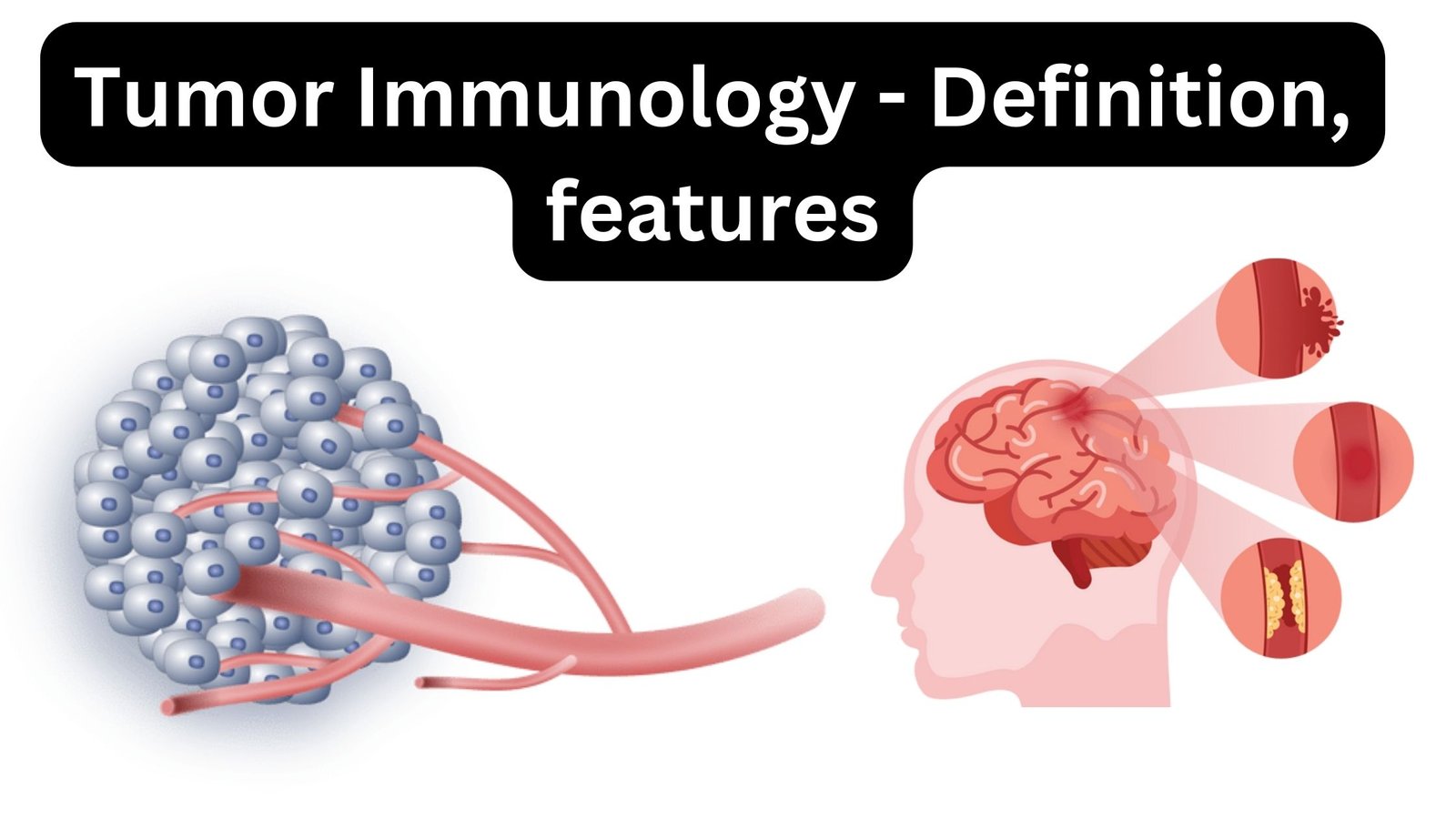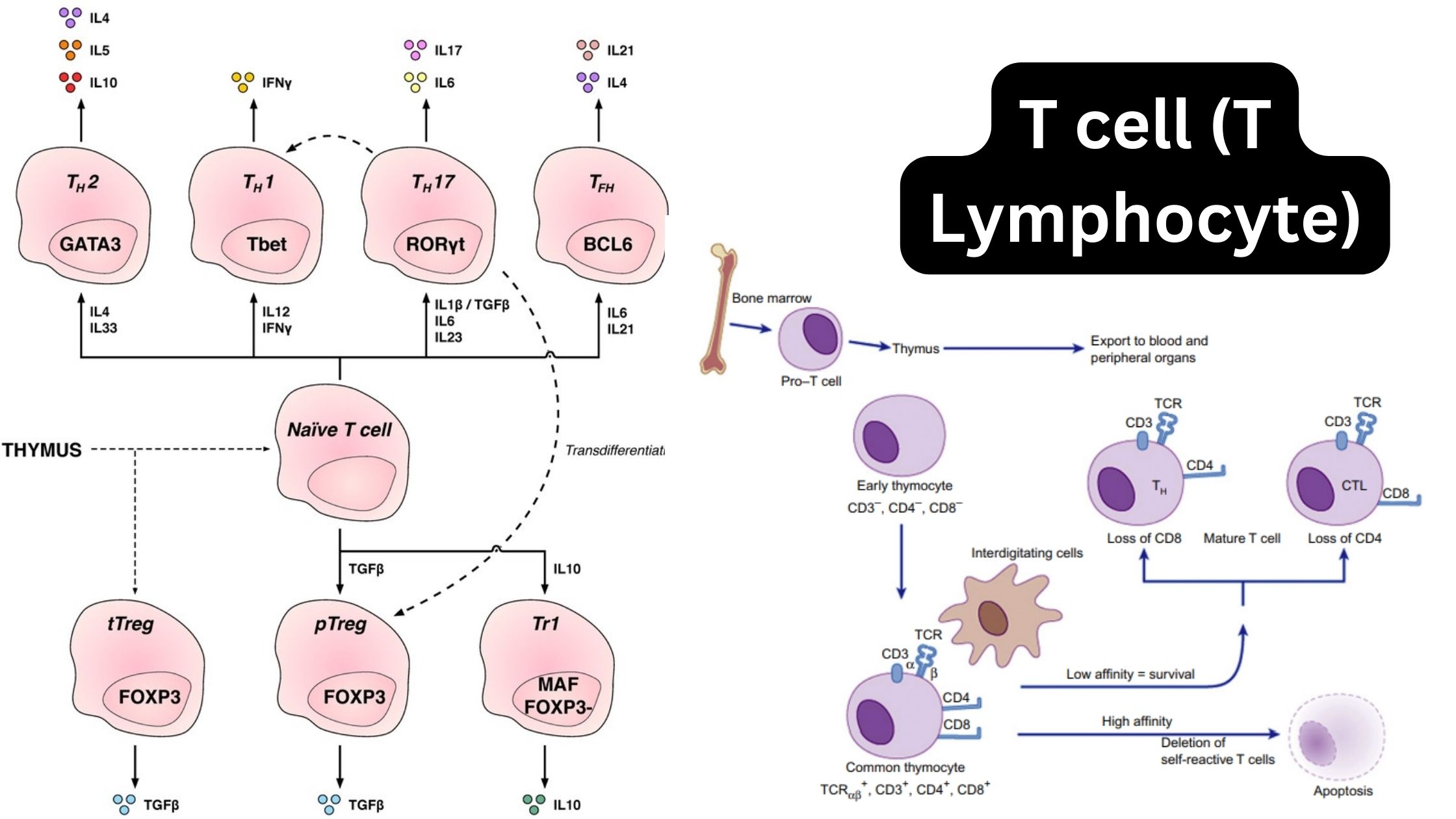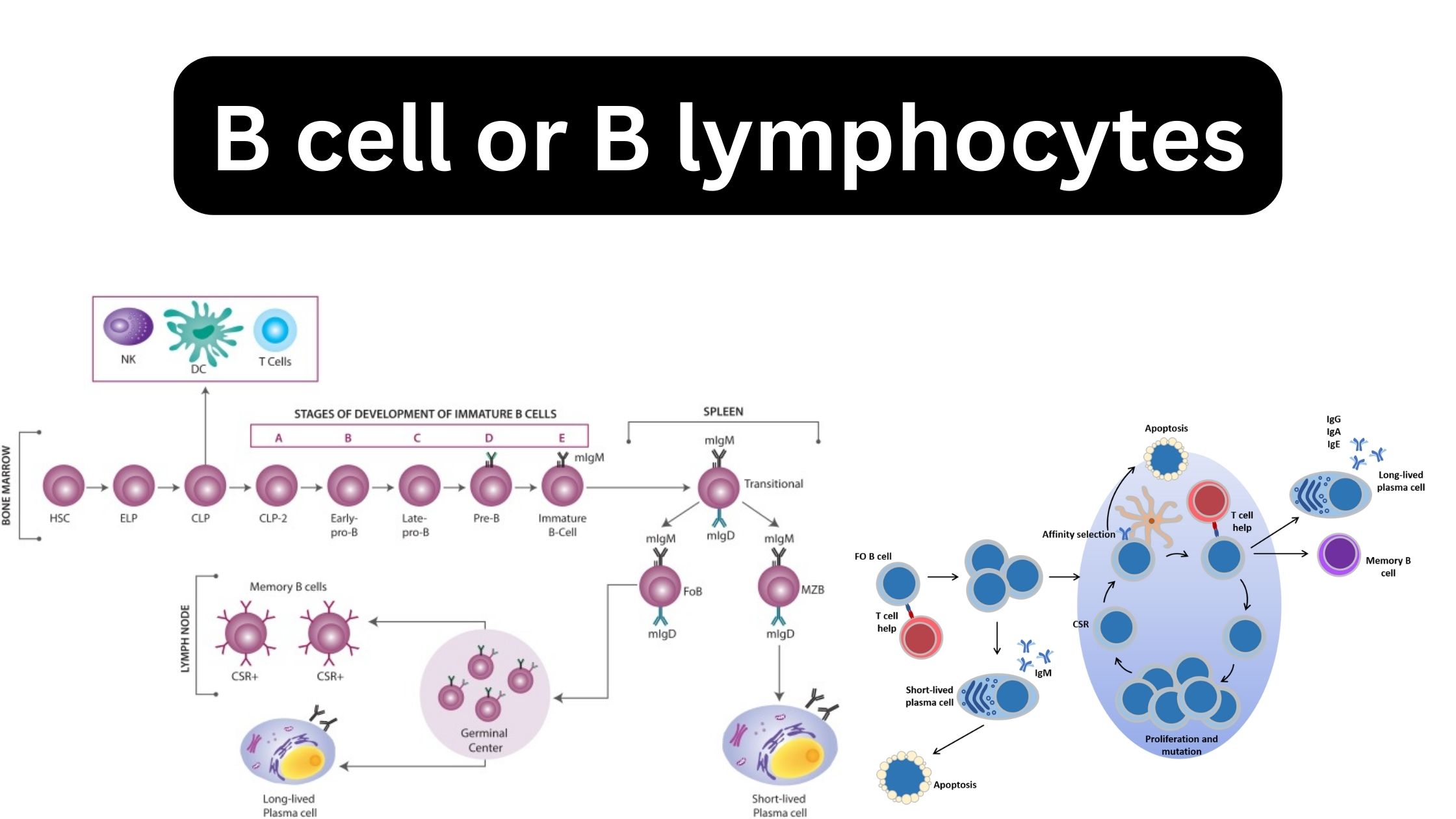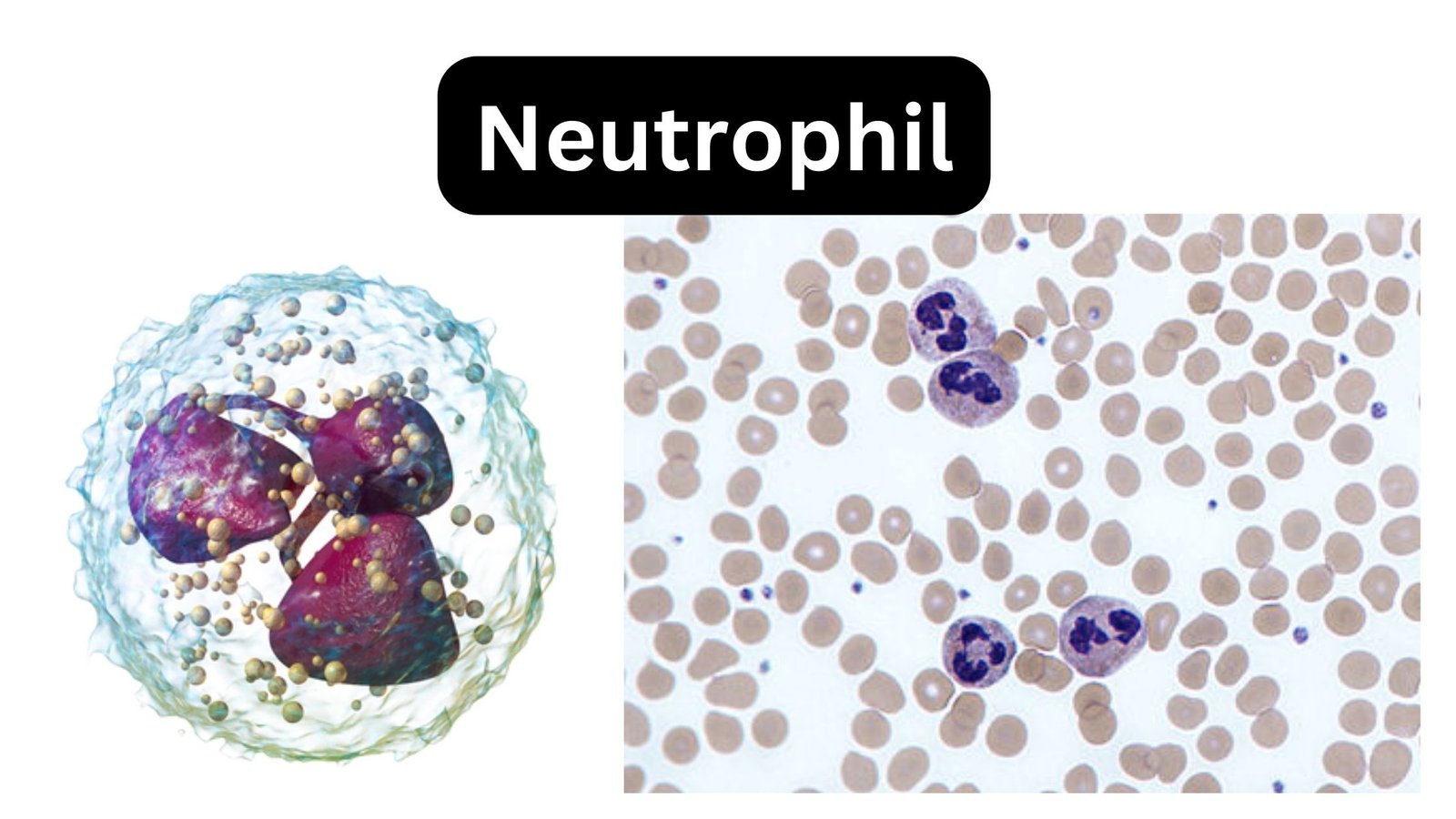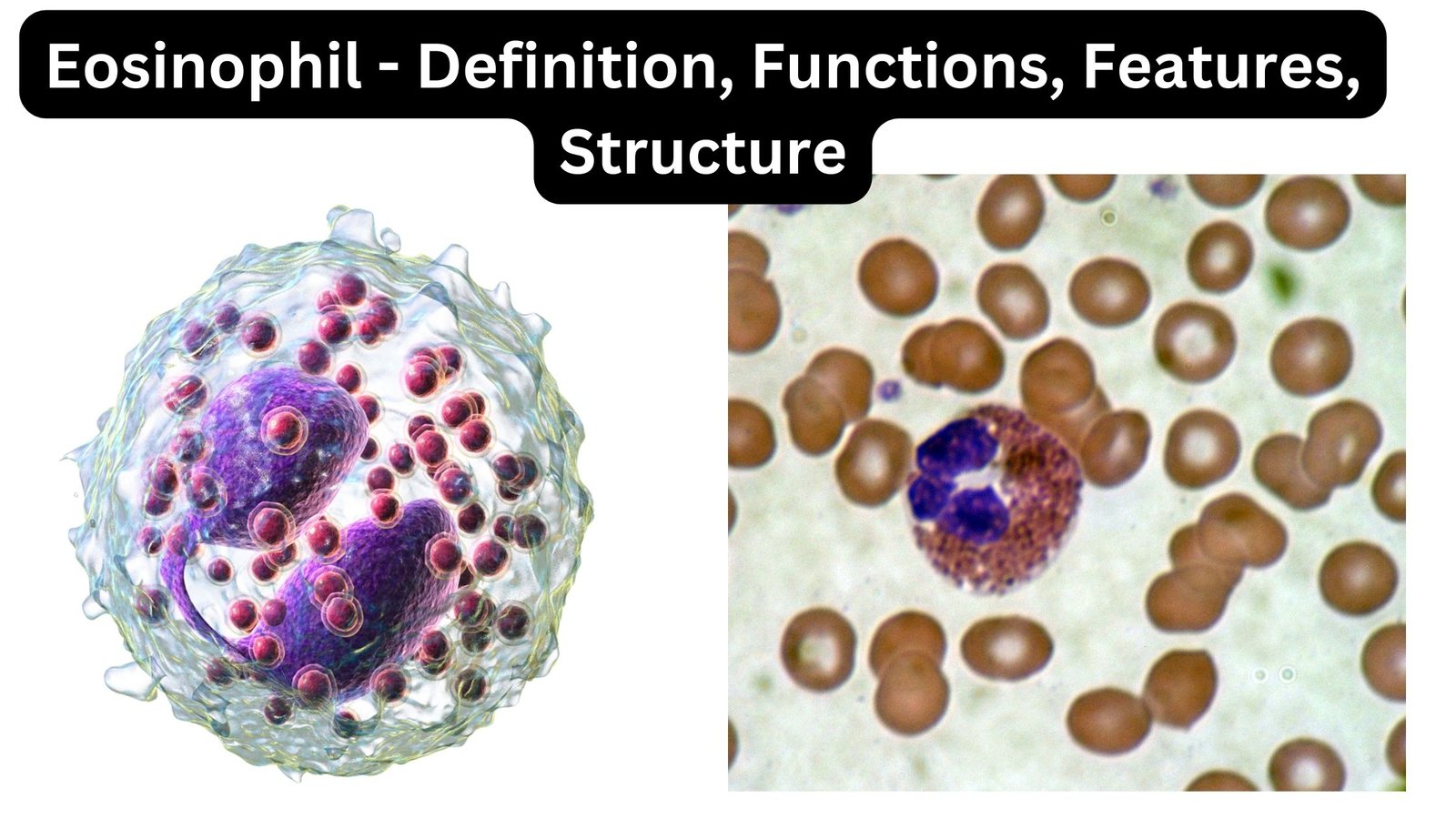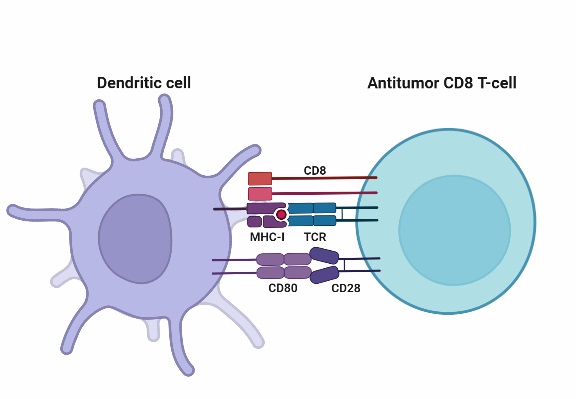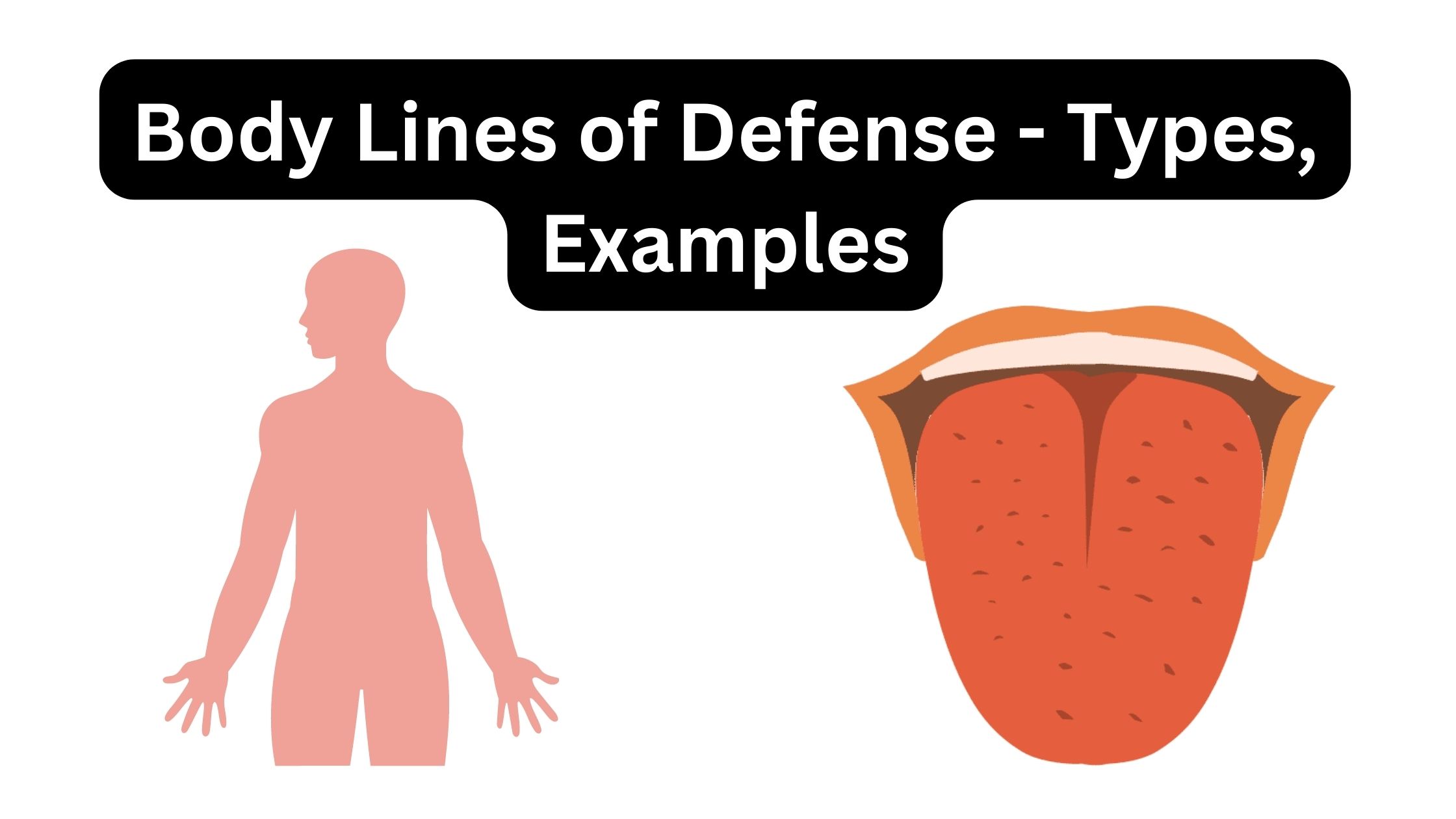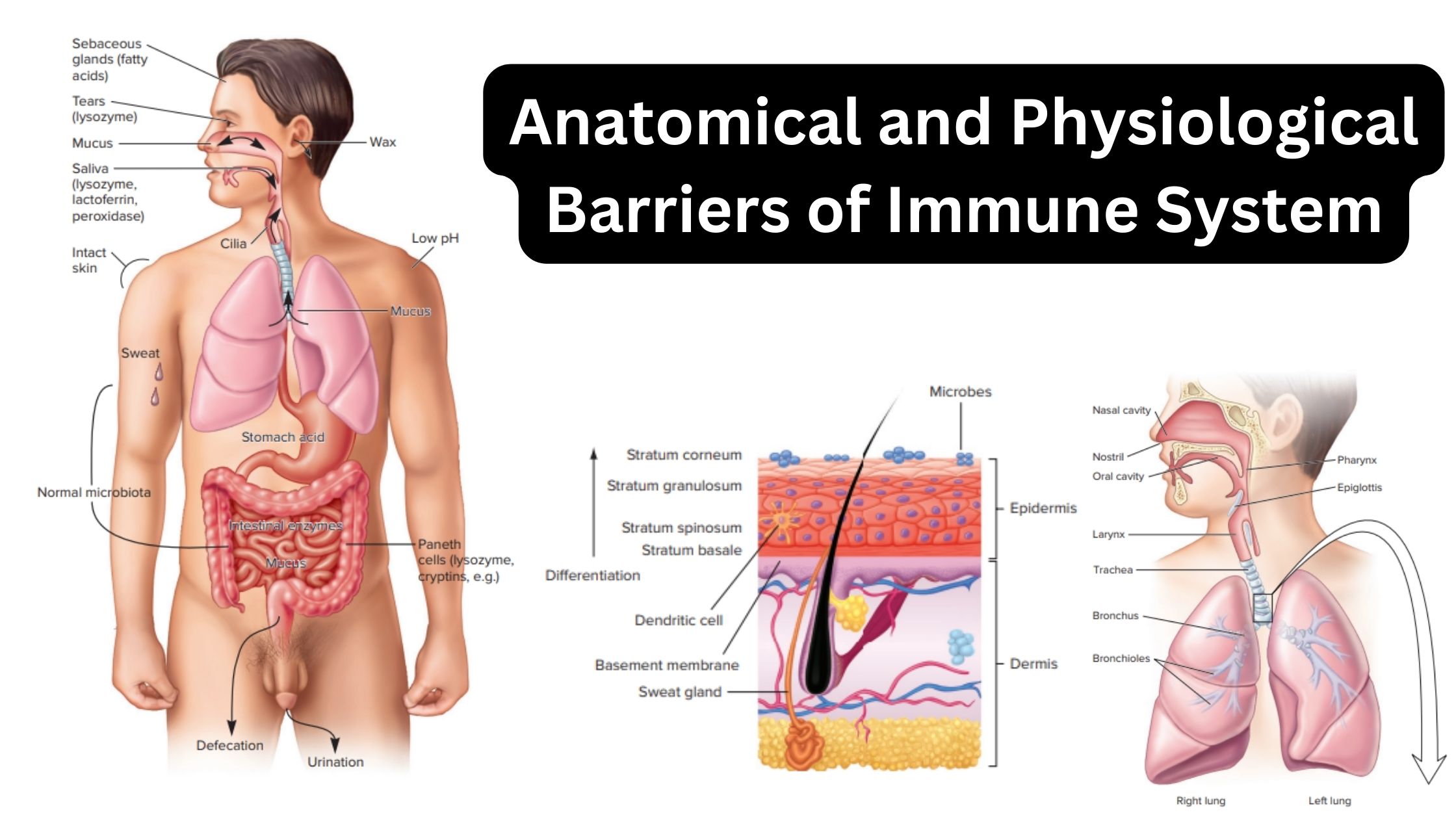Tumor Immunology – Definition, features
Features of Malignant Cells Malignant cells exhibit the following characteristics: It has been hypothesised that the immune system is partially responsible for protecting the body from the development of cancers. In addition, the presence of multiple tumours in immunocompetent individuals suggests that the immune system has a limited function in defending against cancer and is … Read more
